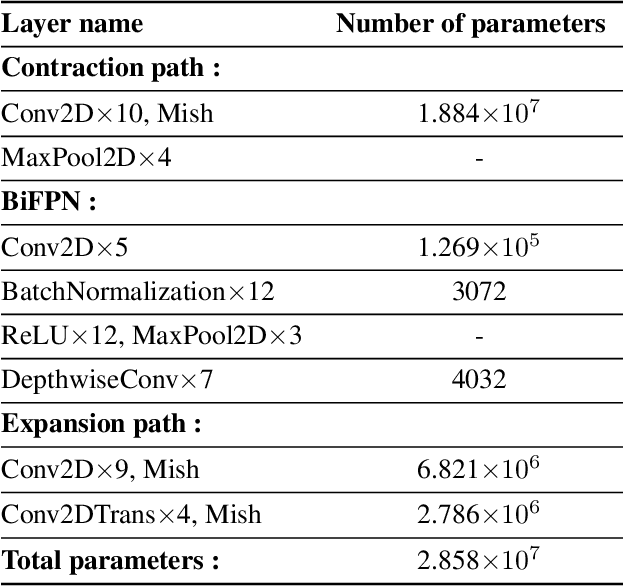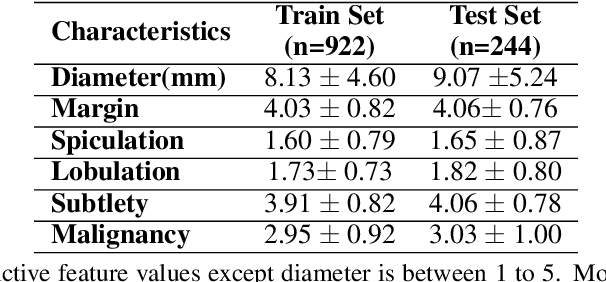U-Det: A Modified U-Net architecture with bidirectional feature network for lung nodule segmentation
Paper and Code
Mar 20, 2020



Early diagnosis and analysis of lung cancer involve a precise and efficient lung nodule segmentation in computed tomography (CT) images. However, the anonymous shapes, visual features, and surroundings of the nodule in the CT image pose a challenging problem to the robust segmentation of the lung nodules. This article proposes U-Det, a resource-efficient model architecture, which is an end to end deep learning approach to solve the task at hand. It incorporates a Bi-FPN (bidirectional feature network) between the encoder and decoder. Furthermore, it uses Mish activation function and class weights of masks to enhance segmentation efficiency. The proposed model is extensively trained and evaluated on the publicly available LUNA-16 dataset consisting of 1186 lung nodules. The U-Det architecture outperforms the existing U-Net model with the Dice similarity coefficient (DSC) of 82.82% and achieves results comparable to human experts.
 Add to Chrome
Add to Chrome Add to Firefox
Add to Firefox Add to Edge
Add to Edge